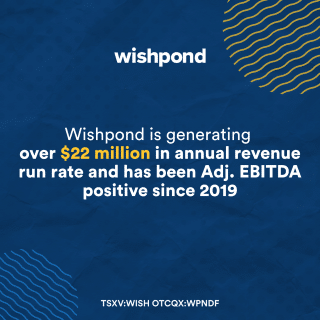Piccioni: “The main drawback to Android is its architectural diversification, which makes development more challenging. Ultimately, that is also its strength: backing a single horse only works when that horse wins. Eventually developers will realize this.”This was a comparatively busy week for tech news. Despite a couple of launch failures – and one death – in the private space business, none the of the related articles were particularly noteworthy. Of all things, Hewlett-Packard generated some level of interest in a couple of apparently transformational products and there was a fair bit of news concerning automotive technology.
Cree Engineers a Cheaper LED Bulb by Losing the Heat Sink
The LED lighting industry faces a conundrum: prices have to come down a lot in order for consumers to adopt the technology – despite the substantial lifetime energy savings – and yet LED lamps last so long, once the market is saturated, demand should drop precipitously. There is some hope in the prospect LED lighting is so energy efficient low prices will spur adoption in the developing world, which will broaden the market considerably. One thing about this device, however: I have to wonder about the vents: if they are not small enough, bugs will get inside (I have this problem with my smoke alarms).
“Heat sinks have made LED bulbs the freaks of the lighting world. Metal collars and other heat sinks serve to draw away heat from LEDs to ensure long life, but they also give LED bulbs an unfamiliar, bulky look and add to their costs. LED maker Cree on Tuesday is introducing a new consumer bulb that does away with the metal heat sink seen on most LED bulbs. The dimmable bulbs come with a lower cost, too: $7.97 for a 40-watt and 60-watt equivalent, down from $9.97 for a “soft white” version. The “daylight” version with whiter light costs $8.97.”
You Are Not the Product: The Coming Revolution in Social Networks
Social media is a mystery to me: why would I want to share personal details, photographs, etc., with a corporation let alone people I hardly know? Evidently, I am in the stark minority, although I am clearly not the only one concerned about corporate data mining. There has been a bit of discussion around emerging models of social media which do not make the content provider the product. Whether or not these schemes actually become successful and/or hold true to their purported mission, is another matter.
“This idea that we are just products for advertisers pops up in lots of online conversations, a reflection of the current state of our advertising-driven social networks. These networks were built on TV’s old business model of “I sell your eyeballs and give you interesting stuff to watch in exchange.” They’ve just modified that model a bit so that now, in addition to attention, we also surrender our personal data. Oh, and now we’re the ones supplying most of that “interesting stuff” to watch. That’s why I’ve gotten excited over a flurry of recent announcements painting an alternative vision for social networks …”
____________________________________________________________________________________________________________________________
This article is an excerpt. You can subscribe to the full version of The Geek’s Reading List here.
_____________________________________________________________________________________________________________________________
HP’s radical new Machine could start computing by 2016
I’m not on the HP bandwagon or anything, however, this week there was also a bit more information released regarding HP’s “Machine” computer. It is not immediately clear to me launching a supercomputer with a comparatively novel architecture is destined for success, however, most likely HP has some sense of customer needs. What is most interesting is the likelihood the Machine will be the first commercial launch of memristor memory, and that could be a very big deal indeed. Memristors are high speed, non-volatile memory equally adept at main memory (i.e. DRAM) or mass storage – or so the story goes. That would be a very big deal indeed. Here is more information on HP’s approach and the potential impact of memristor technology.
“Hewlett-Packard’s efforts to usher in an entirely new computer architecture, one potentially much faster and simpler, may bear fruit by the end of 2016, when the company’s lab expects to have the first prototype machine based on its design. Should HP’s Machine architecture prove successful, everyone in the IT business, from computer scientists to system administrators, may have to rethink their jobs, judging by a talk HP Labs Director Martin Fink gave at the Software Freedom Law Center’s 10th anniversary conference Friday in New York.”
Why Silicon Valley doesn’t care about Android
It is abundantly clear North Americans associate smartphones with iPhone and little else. The cynicism associated with Android simply ignores the fact Android has a much larger and expanding market share, a situation which I believe will magnify as smartphone pricing collapses. The main drawback to Android is its architectural diversification, which makes development more challenging. Ultimately, that is also its strength: backing a single horse only works when that horse wins. Eventually developers will realize this.
“Based on my experience meeting hundreds of startup founders and VCs in both San Francisco and New York, few professionals in America’s tech hubs have owned an Android phone or believe in the opportunity of the platform. Meanwhile, the growth and prevalence of Android around the globe shows that there’s a massive platform shift going on right now–the type of event that historically has marked a point when one company achieves market dominance. If there is such a shift and opportunity under going on, why don’t the most innovative people in the most successful tech cities in the world care?”
Leave a Reply
You must be logged in to post a comment.



 Share
Share Tweet
Tweet Share
Share




Comment